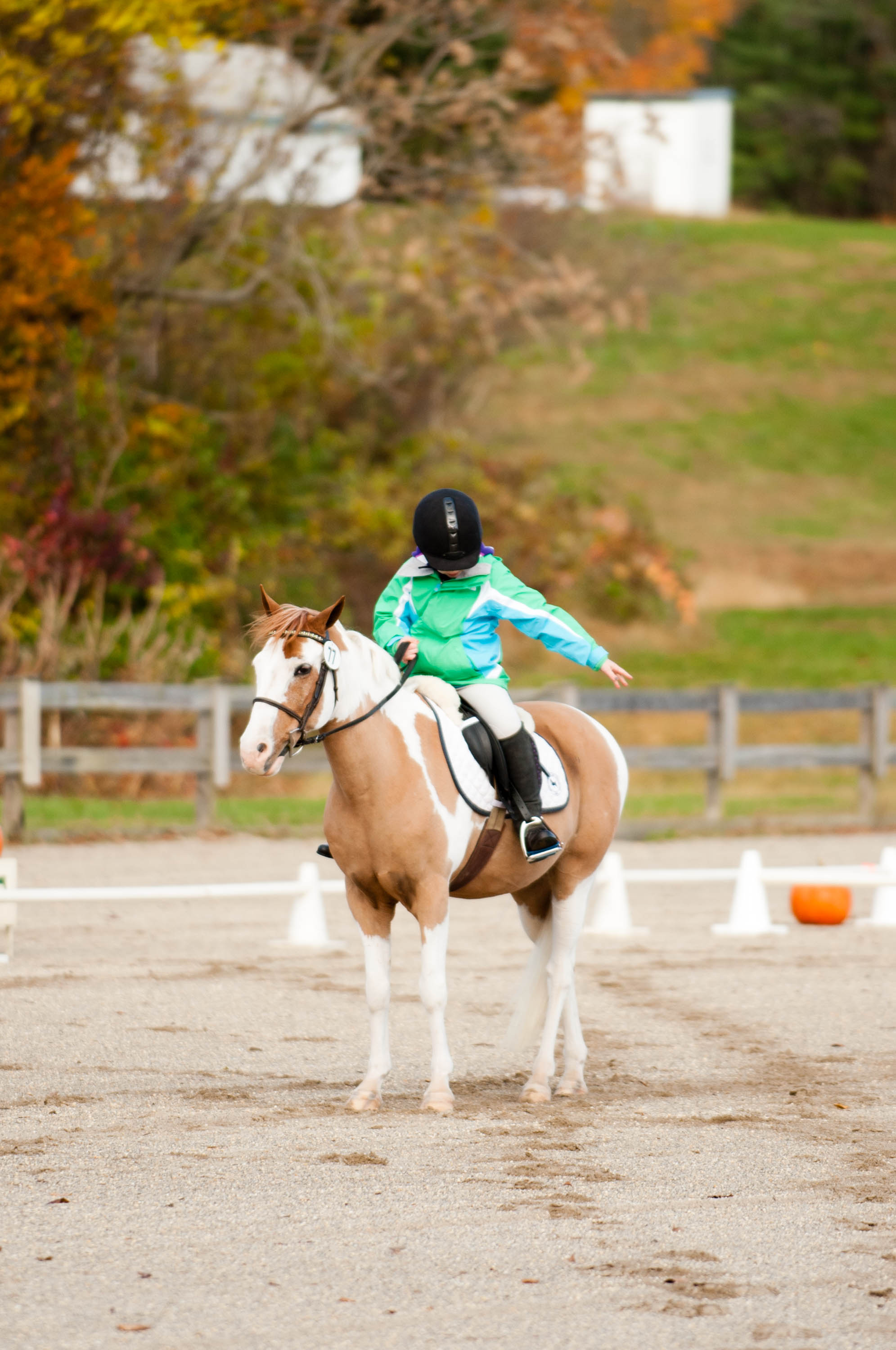When you are 9 years old and lucky enough to be taking riding lessons, you are labeled “a beginner,” and this doesn’t bother you at all. It is the truth. You are beginning a wonderful journey that may last a lifetime with thousands of hours on and around one of the most beautiful and unique creatures on earth—the horse!

As an Amazon Associate, Dressage Today may earn an affiliate commission when you buy through links on our site. Products links are selected by Dressage Today editors.
When your instructor teaches you safety issues on the ground, such as how to approach and speak to a horse, how to touch and feed him, how to put on his halter, lead him, brush him, tack him up, etc., and then how to mount, you don’t doubt the instructor. You sense that what you are learning is important, and you want horses to like and respect you. You would never say, “Oh, I already know that. Let’s get on with it.”
And so, you progress nicely, fully aware each time that you do something a little stupid, that, well, you’re a beginner, and beginners do that. The instructor thinks much the same way and knows that you will make mistakes and do silly things. Her job is to guide you and prevent accidents so you can become the best little rider you can possibly be. Being a beginner is great. Your attitude is, “I’m here. I want to learn to ride. Please teach me.”
I’m writing this article because I want to remind anyone reading that retaining a bit of the beginner’s attitude is a wonderful thing. It will allow you to approach instruction with an open, trusting mind that will absorb the material offered by your instructor in the best possible way. Why am I stating the obvious? I have a reason. It is because, occasionally, I am confronted with a student who wants to work on exercises that are ahead of her actual level. When told that some of the basics need to be better before trying the new exercises, the student replies that reviewing the basics really isn’t necessary, and could we please get on with it. This is a sad situation. An instructor needs to be tough but kind and try to lead the student to understanding the importance and beauty of the basics. The sad part is when the instructor is intimidated into teaching the more advanced movements, knowing that it is really not the right thing to do particularly for the long-suffering horse.
When a student keeps trying not to be a beginner and envisions her path to be a predictable staircase that she wants to climb in yearly intervals with absolute reliability, learning can actually come to a grinding halt. As any good rider will tell us, the learning curve is not smooth. It is not a steady staircase. Some parts take a very long time, such as acquiring excellent basics. Some parts move along surprisingly quickly—relatively.
I remember laughing quietly to myself when I was told by a very experienced trainer from one of the oldest equestrian institutions in the world that it takes 10 years to learn the basics and another 10 years to correctly train a horse to the Grand Prix. Twenty years, I thought. That must be an exaggeration. I have since learned that it takes a lifetime to learn to ride. Twenty years would have been fast.
When a student lists the trainers with whom she or he has worked and the levels of competition or schoolmasters ridden, it clearly sends the message: “I am not a beginner. Please don’t treat me like one!” This is almost always a learning-stopper.
The basics are the following: The correct classical independent seat, clear understanding and competency in riding young or older horses according to the training scale, and clear understanding and competency to correct badly ridden horses and restore the correct foundation. Having ridden for more than 42,000 hours (yes, I calculated it conservatively), I still take lessons and ride in clinics and love being the student. When my instructor puts me and my horse on the 20-meter circle and reminds me of some basic techniques that he thinks are a little fuzzy, I love it. Even though I feel like a beginner all over again (temporarily, I hope), it reinforces and emphasizes specific aids that make my horse’s gaits and balance a little better. And I do not resent spending the entire first day of a two-day clinic on these basics. Usually, on the second day, we move on to more advanced themes, and the horse and I are all the better for the previous day’s efforts.
Acquiring the knowledge and skills for proficiency in the basics is everything. Being a beginner is the best time in your riding life to learn. Enjoy the beginning because it is actually what you will need the most until the very end. Even Einstein was a beginner once.
This article first appeared in the February 2012 issue of Dressage Today magazine as part of the “What I Wish I’d Known Then” column.
Cindy Sydnor is a USEF “R” dressage judge and an examiner for the USDF Instructor Certification Program. She was repeatedly long-listed for the U.S. Olympic team. Based in Snow Camp, North Carolina, she operates Braeburn Farm and trains horses and riders to Grand Prix (braeburnfarms.com).











